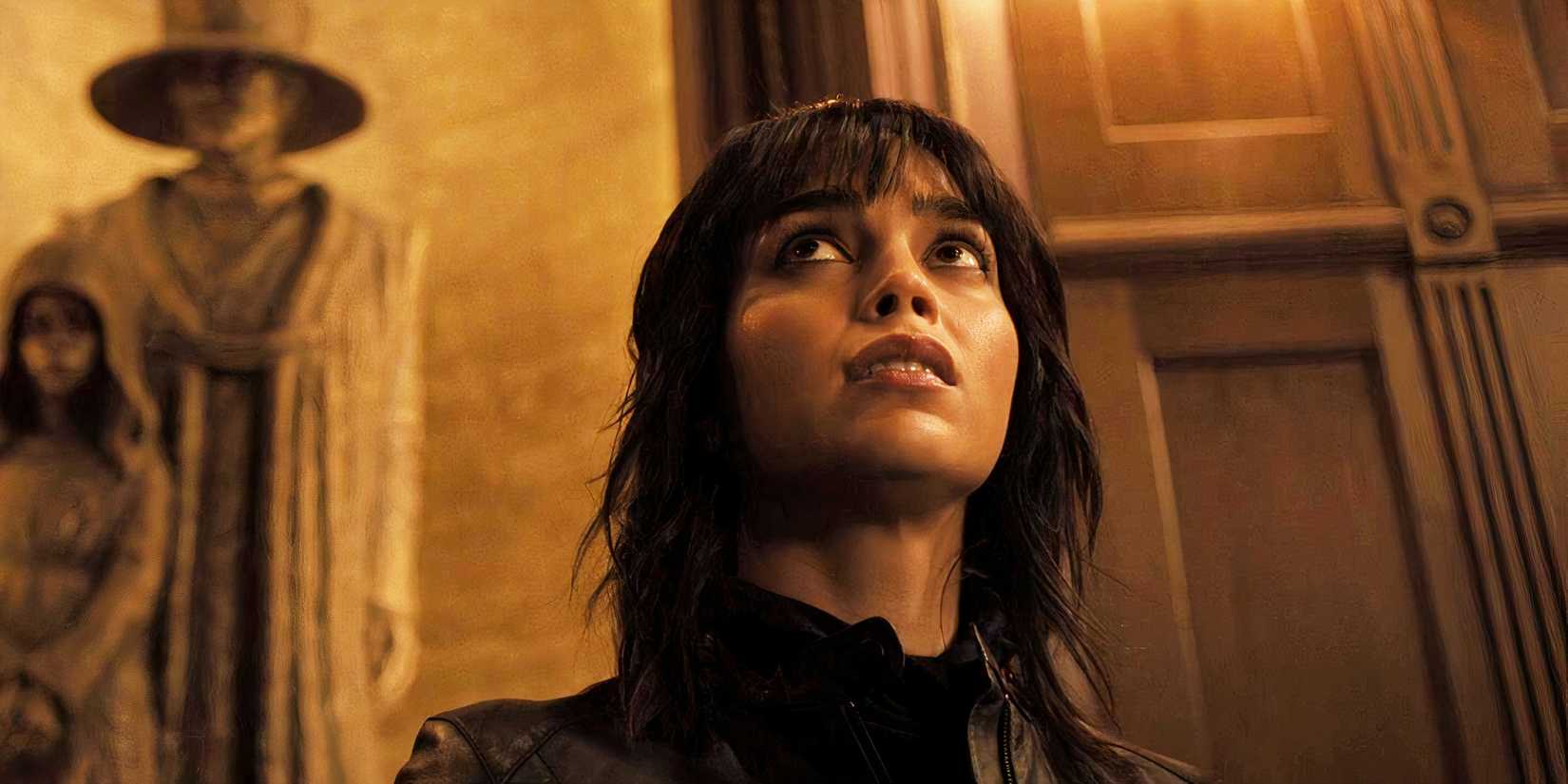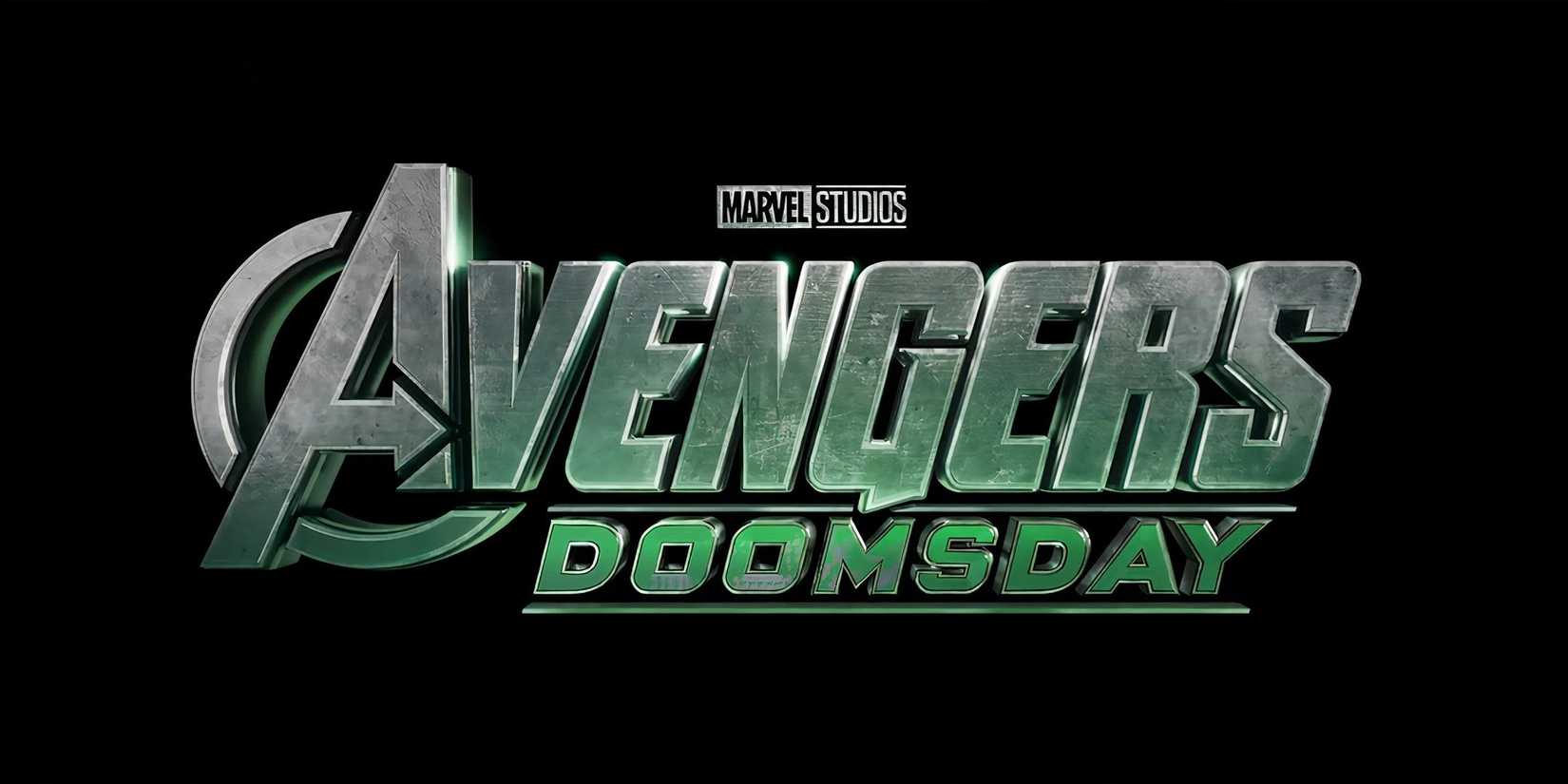Korean horror movies offer a distinctively different experience for viewers than American horror releases or even their more similar Japanese counterparts. This comes mainly from Korean horror, adding in specific psychological horror and depth with a strong basis in the country’s cultural background to create visceral experiences.
The movies offer the same scares as any other horror film. However, they are often extremely haunting, with Korean tales of tortured souls often leading to more revenge tales that push ordinary people into unimaginable situations. Even in familiar genres, like zombie and ghost stories, Korean horror offers something unique for genre fans.
The Wailing (2016)
The year 2016 was a fantastic one for Korean horror movies, with two masterpieces becoming international sensations. One of the two movies is The Wailing, a ghost story about demonic beings that is one of the most terrifying horror films released in the last decade.
The Wailing tells the story of a police officer investigating a series of killings and a mysterious illness in a remote village. He also has a personal reason for taking the case, as his daughter has found herself in danger from a supernatural force that threatens the lives of everyone she knows.
Kim Hwan-hee is excellent as the child, and Kwak Do-won is on top form as her father, who wants to stop the evil spreading across his village. The twists and turns in The Wailing all work perfectly to weave a terrifying story until the last shocking moment. With deep mythology and a timeless tale, it remains a modern-day masterpiece.
Train To Busan (2016)
The second big release in 2016 for Korean horror is Train to Busan. This might be the most popular K-horror movie for mainstream audiences thanks to its success worldwide on Netflix and other streaming platforms. What made people fall in love with the film was its take on the zombie genre and its unique approach to it.
The movie follows a father and his daughter who share an estranged relationship, thanks to his busy work schedule keeping him away from her. When she wants to spend her holiday with her mother instead of him, he agrees to take her to the train station to go home, but then a zombie outbreak occurs.
With the film focusing on a father trying to save his daughter and the zombies being the threat, it made for an emotionally charged response from fans. The zombies were terrifying, but the first Train to Busan movie ensured that the focus of the father-daughter relationship was never lost.
The Host (2006)
Before he directed the first foreign-language film to ever win the Oscar for Best Picture with Parasite, Bong Joon-ho directed the giant monster movie The Host. This film was successful for a similar reason to Train to Busan. The threat was a classic monster, but the movie focused on a family and their fractured relationship.
This is a key aspect of Korean horror, as the monsters, zombies, and demons are all scary, but the filmmakers care more about the characters than the creatures. Here, it is a small family who tries desperately to save each other from the giant monster tearing through the port town.
The Host is a monster movie that differs significantly from American films, as it focuses on the destruction the monster causes to society. This is about how society responds to the monster’s attack, making it a much more personal story about heart, courage, and fear.
A Tale Of Two Sisters (2003)
A Tale of Two Sisters is a perfect example of how Korean horror movies use families and psychological drama to create terrifying stories that defy expectations. In this movie, a teenage girl returns home from a mental hospital and immediately believes her new stepmother is trying to kill her and her sister.
The teenager also believes the woman might have killed her mother to win the love of her dad. However, as with the best Korean psychological horror movies, nothing is as it seems. The twist in A Tale of Two Sisters came out of nowhere, yet it made perfect sense within the story’s context, making it a true masterpiece.
America tried to remake this as The Uninvited, but that film’s tepid response shows how hard it is to make these movies. The Korean horror movie was perfectly plotted and laid out, while the American version went more for shock value. If you’re a horror fan looking for a great experience, watch the original Korean horror version.
Thirst (2009)
In the same way that Train to Busan took the zombie genre and did something unique with it, Thirst did the same thing for the vampire genre. It helps that master South Korean auteur Park Chan-wook (Oldboy, The Handmaiden) directed this movie.
Thirst follows a Catholic priest named Sang-hyun (Song Kang-ho) who volunteers at a hospital, providing ministry to patients. He volunteers to take an experimental treatment to find a cure for a ᴅᴇᴀᴅly virus. The vaccine fails, and he ends up infected, but makes an immediate recovery, only to find he now needs to feed on blood to remain alive.
This takes the idea of vampires, adds in a tragic love story, and makes this about a man trying to hold onto his faith even as he descends into darkness. It is a slow-burning drama, but it is an excellent example of a Korean horror drama that makes viewers think rather than trying to shock them with violence and gore.
I Saw The Devil (2010)
I Saw the Devil is a South Korean horror thriller released in 2010 that mixes an action-packed detective story with horror. Lee Byung-hun stars as an NIS agent named Kim Soo-hyun whose fiancée is murdered by a serial killer named Jang Kyun-chui. The film then follows Kim as he seeks revenge.
This is very similar in graphic violence to a movie like Se7en, where the detectives are trying to find a sadistic and brutal serial killer. However, this movie has the killer as a more active participant who is not making a point, but just violently murdering people, with the opening showing how he dismembered his recent victim.
This is a terrifying Korean horror movie, with Choi Min-sik delivering a frightening performance as a serial killer who is pure evil, and someone who inspires fear and loathing, making him a villain who is menacing and leaves a haunting memory in the minds of the viewers long after the film ends.
Three… Extremes (2004)
Three… Extremes offers something unique for Asian horror movie fans. That is because it has three horror films in one, each segment directed by a horror master from a different country. The three filmmakers include Park Chan-wook (South Korea), Takashi Miike (Japan), and Fruit Chan (Hong Kong).
Miike directs Box, Chan contributes Dumplings, and Chan-wook a horror entry called Cut. For the South Korean entry, Cut tells the story of a film director who is abducted, along with his wife, by a man he cast in all five of his movies as an extra. The kidnapper then forces them to play a ᴅᴇᴀᴅly game.
Of the three movies, Cut is the more mainstream of the horror movies, which is a little unusual for Korean horror, while Miike’s The Box is the more surreal film. However, all three are scary, and this is a perfect horror anthology for anyone in the West to understand why Asian cinema is so great.
The Housemaid (1960)
For anyone wanting to see a great example of Korean horror from the past, one of the best examples is the 1960 film, The Housemaid. Widely considered one of the best South Korean films ever made, regardless of genre, it is also the first of the Housemaid trilogy, followed by Woman of Fire and Woman of Fire 82.
This first movie is a domestic horror movie that focuses on an upper-middle-class family that falls apart when they hire a new housemaid. This housemaid (played by Lee Eun-shim) is a classic femme fatale who starts to kill members of the family after the husband has an affair with her, but then rejects her after the fact.
This has a strong similarity to film noir, but the entire situation is a work of horror, similar to the Japanese horror movie Audition. To show its greatness, Bong Joon-ho said he was influenced by The Housemaid when he made his Oscar-winning film Parasite.
Whispering Corridors (1998)
Released in 1998, Whispering Corridors is a supernatural horror movie that did something very different from previous Korean films. This came after the end of South Korea’s military dictatorship, and it was one of the first horror movies to successfully make a social commentary on authoritarianism and conformity.
The movie is as much a psychological thriller as it is a supernatural horror film. It is a dark and depressing horror release that focuses on the abuse of students in South Korean schools and then places it in a dark, foreboding building where a ghost is lurking, seeking closure for a past traumatic event.
The movie goes a long way to show how trauma and abuse can destroy even the young students in the school, and with haunted classrooms and a claustrophobic society, it is almost the ghost who seems to have the most sympathy in this story. This is one of the best ghost stories to ever come out of South Korea.
Gonjiam: Haunted Asylum (2018)
Gonjiam: Haunted Asylum is an interesting South Korean horror movie because, on the outside, it looks like any other horror film from Japan or the United States. It is a found-footage horror movie, and it has a lot of jump scares, making it seem a little less prestigious than other, more sophisticated Korean horror releases.
However, that discounts the fact that South Korean filmmakers are masters at subverting genre expectations. Gonjiam: Haunted Asylum focuses on a YouTube channel crew who investigate a haunted asylum after two teenagers go missing there and then realize the haunting is real.
While there are a lot of jump scares in this horror movie, the jumps are timed perfectly and are more than just generic horror tropes meant to shock viewers with cheap thrills. Like it did with the zombie and vampire genres, this Korean horror movie takes a familiar subgenre and creates something fresh.















